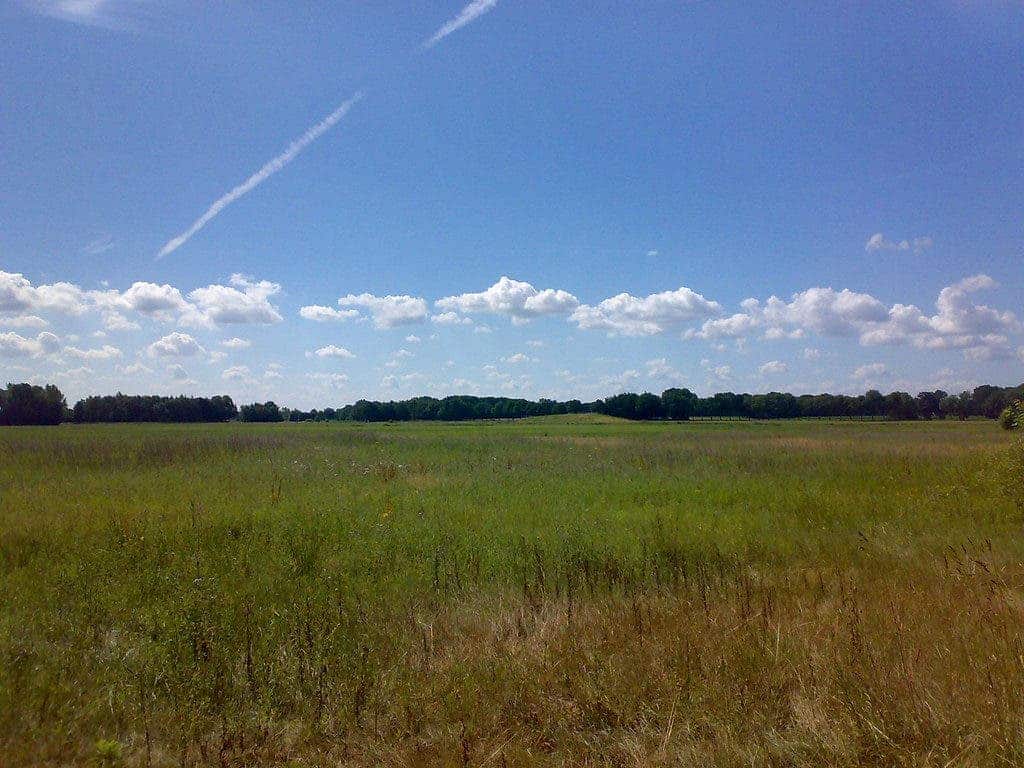Vital for the planet, grasslands are home to animals found nowhere else in the wild, provide food to many of them, and can hold up to 30% of the world’s carbon. But climate change is now causing grasslands to change, putting those benefits at risk, according to a new study.

Researchers at Michigan State University showed that global change — which includes climate change, pollution, and other widespread environmental alterations — is transforming grasslands and the plant species in them. The paper was published in the journal Proceedings of the National Academy of Sciences.
“Here in the Midwest, grasslands have been reduced to less than 1% of what they were at the time of European settlement and understanding what drove these changes is important to managing and restoring these systems,” said Kay Gross, one of the authors of the study. “Including our data into this larger synthesis reveals insights that are not apparent in site-specific research.”
The study offers the most comprehensive evidence to date on how human activities are changing grassland plants. The team looked at 105 grassland experiments around the world. Each experiment tested at least one global change factor — such as rising carbon dioxide, hotter temperatures, extra nutrient pollution or drought.
Team members contributed data from a wide range of grasslands, and developed analyses to determine whether the global change was altering the composition of grasslands, both in the total number and kinds of plant species present. They discovered grasslands can be surprisingly tough — to a point.
In general, grasslands resisted the effects of global change for the first decade of exposure. But after 10 years of exposure to a climate change factor, species began to shift. Half of the experiments lasting 10 years or more found a change in the total number of plant species, and nearly three-fourths found changes in the types of species.
“I think grasslands are very, very resilient,” said Meghan Avolio, co-author and assistant professor of ecology at Johns Hopkins University. “But when conditions arrive that they do change, the change can be really important.”
To the scientists’ surprise, the identity of grassland species can change drastically, without altering the number of species. In half the plots where individual plant species changed, the total amount of species remained the same. In some plots, nearly all the species had changed.
The fact that most grasslands could resist the experimentally induced global changes for at least 10 years is a sign of hope, researchers believe. And that maybe grasslands are changing slowly enough that we can prevent catastrophic changes in the future. However, time may not be on our side.
In some experiments, the current pace of global change transformed even the “control plots” that were not exposed to experimentally higher global change pressures. Eventually, many of those plots looked the same as the experimental plots.
“Working collectively to understand how climate change is affecting grasslands is critical so that we can better restore and manage this important habitat that we and many other species depend on,” Gross said. “Long-term experiments and data sets are crucial for these efforts.”



